Have you ever dreamt of traveling to — dramatic pause — Macaronesia?
No, it’s not some exotic Pacific island destination. In fact, Macaronesia is the collective name for four volcanic archipelagos in the Atlantic, including the Azores, Madeira, the Canaries, and Cape Verde.
For Europeans, the Macaronesian islands prove that exotic destinations may be closer than we think. And if you’re coming from further away, the islands make for an original trip to the fringes of Europe and Africa.
I’ve had the pleasure of exploring many of the Macaronesian islands — and some of them multiple times. Each archipelago has its own character, so read on to find out which one you might prefer for your next trip.
Azores (Portugal)
Are you looking for culture, authenticity, and lots of nature activities? Then look no further than the Azores.
Located in the Atlantic somewhere roughly between mainland Portugal and Boston, the Azores islands can be reached easily from both the European and North American continents.
Mind you, the islands are not tropical destinations. It’s often said that on the Azores, you can experience all four seasons on a single day. It’s true: the conditions can move from sunny to utterly misty in no time. There also aren’t any white or gold sandy beaches on the Azores. But… this also means it has kept away those looking for only a sun-and-sand holiday.
The Azores is committed to sustainable forms of tourism and it’s a phenomenal place for its nature, adventure, and great food. I love the Azores to bits and just keep coming back for more.
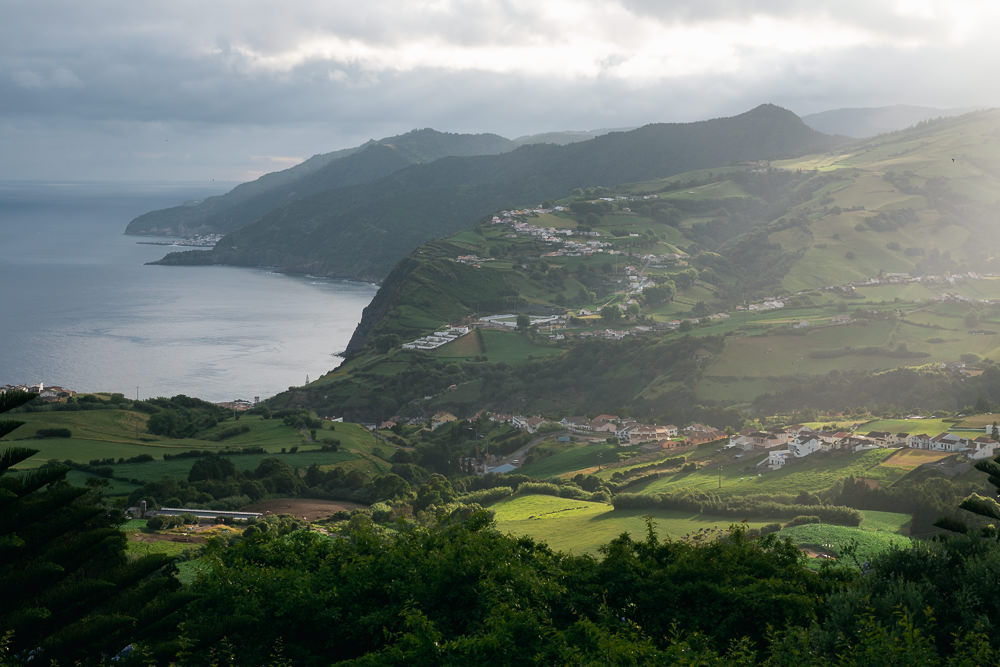
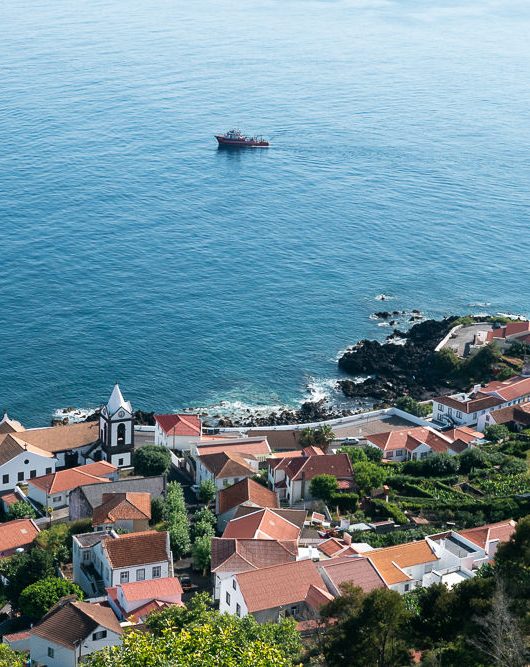
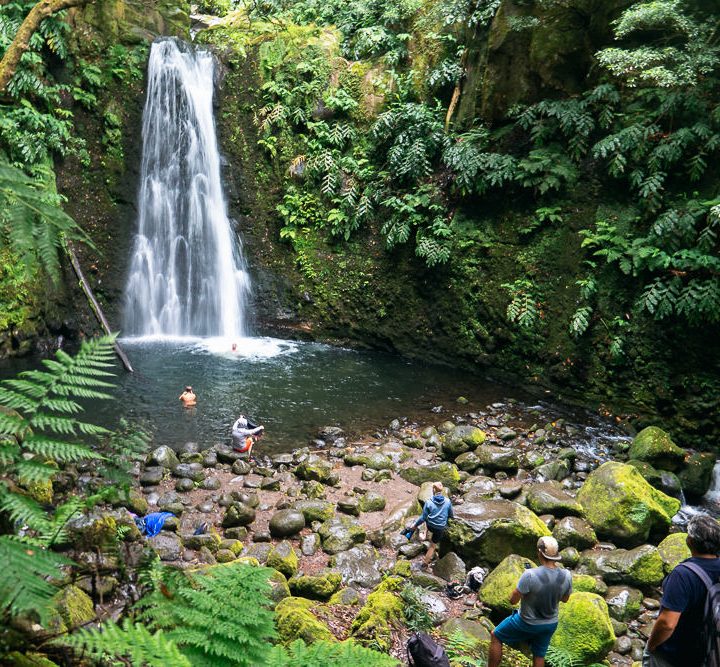
Sao Miguel is the largest and most accessible island. It makes for a fine choice for your first Azores visit, though among my other favorites are Sao Jorge, Faial, and Pico. I have spent several trips on the Azores, so don’t miss my complete Azores island hopping guide.
Cons: The weather is not always ‘perfect’, no sandy beaches or resorts.
Canaries (Spain)
The Canary Islands belong to Spain but can be found off the coast of southern Morocco. I would easily give this archipelago the award for ‘most surprising’, as the ways in which it’s typically advertised don’t reflect the sheer diversity of the islands.
The Canaries are often stereotyped as a mass tourism destination. Among Brits, in particular, it has a certain reputation for low-cost beach holidays.
It’s true that the southern parts of Tenerife and Gran Canaria are almost 100% tourism-focused. These parts may be fun but they are extremely artificial: either they’re focused on boozy entertainment, or they seem a bit like Florida, a retirement home for older tourists or expats. Of course, if plenty of sunshine and easy entertainment is what you’re after, then the Canary Islands will offer this in spades.
Read more: Oops, I Was 90% Wrong About The Canary Islands
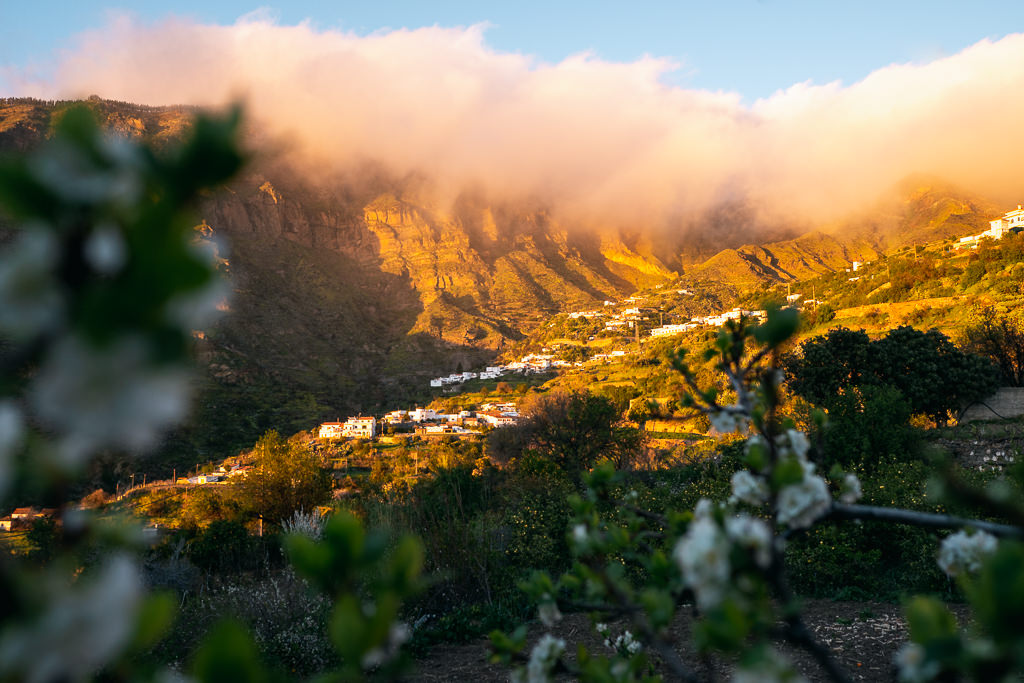
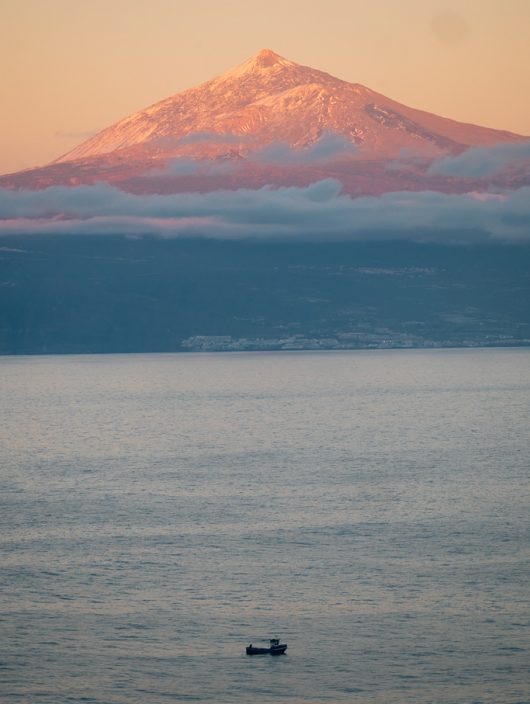
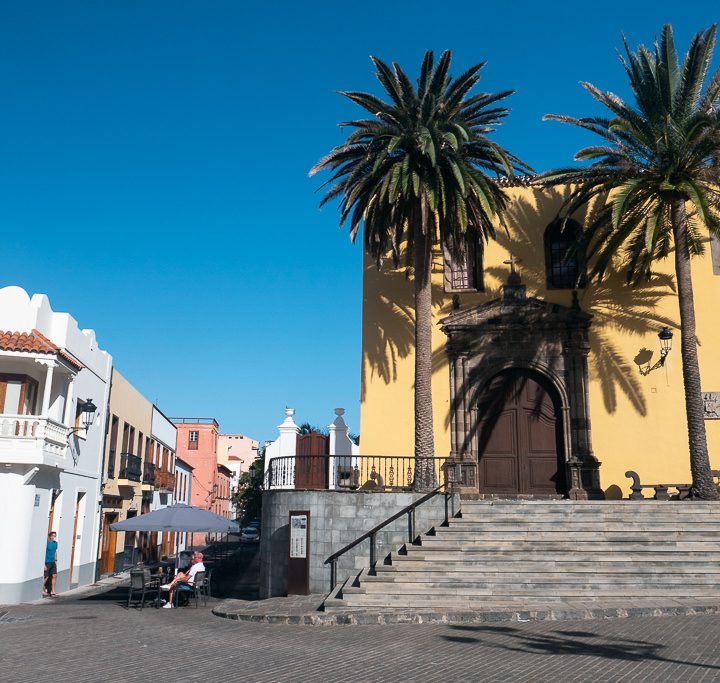
If, like me, you like more ‘authentic’ places, then the Canaries are also for you. The northern parts of Tenerife and Gran Canaria are greener and much more local, while other islands like La Gomera and La Palma are honestly among the best places I’ve been to in Europe.
If you want to escape to somewhere quiet and pure, you can absolutely do so on the Canaries.
La Palma is a hiking paradise and one of the world’s best places for star-gazing after Hawaii. La Gomera is a spectacular volcanic island filled with cloud forests. Other travelers have tipped me about El Hierro, the most remote of all the Canary islands, which I intend to visit next time. The point is that if you’re someone of refined travel tastes, you shouldn’t underestimate the Canary Islands! The resorts of Tenerife, Gran Canaria, and Lanzarote represent just a part of it.
Cons: Hyper commercial love-it-or-hate-it areas especially in the south of Tenerife and Gran Canaria, as well as in Lanzarote. Luckily, this is also easily avoided if it’s not your style.
Cape Verde
You may not have heard (much) of Cape Verde, as this small West African nation simply is not on everyone’s radar. But believe me: it’s an absolute gem of a destination. Based on originality alone, it may well be my favorite Macaronesian archipelago.
Cape Verde is a chain of ten islands in the Atlantic, just west of Senegal and Mauritania. It was one of the earliest places to be discovered and settled by Portuguese explorers, back in the 15th century. Today, it has a wonderful Portuguese-African vibe, with lots of music, street art, and positivity.
Despite being close to West Africa, the islands are absolutely very safe, and the level of development is relatively high.
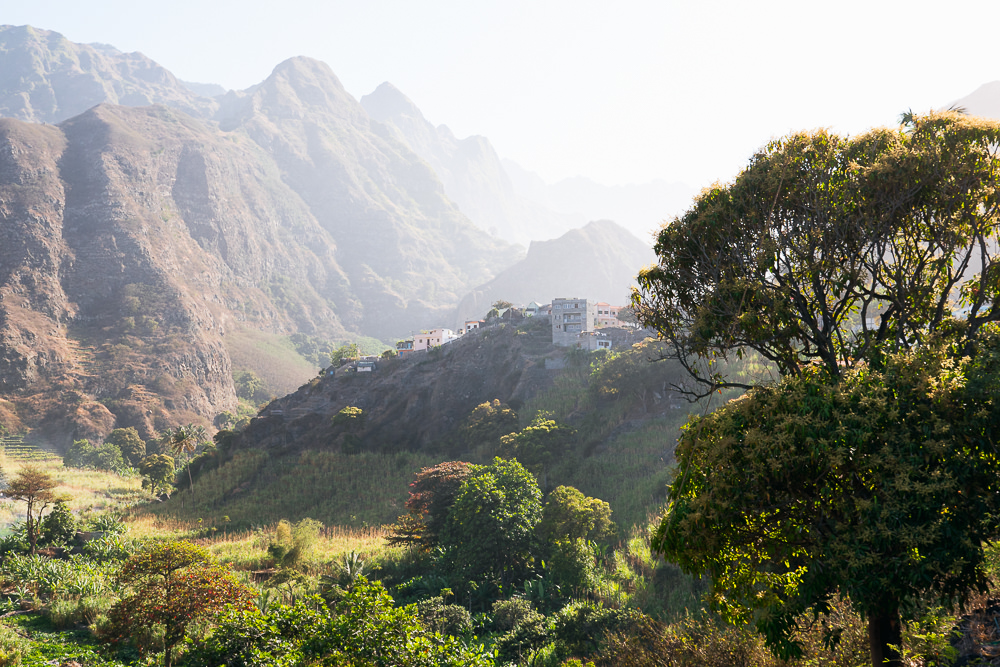
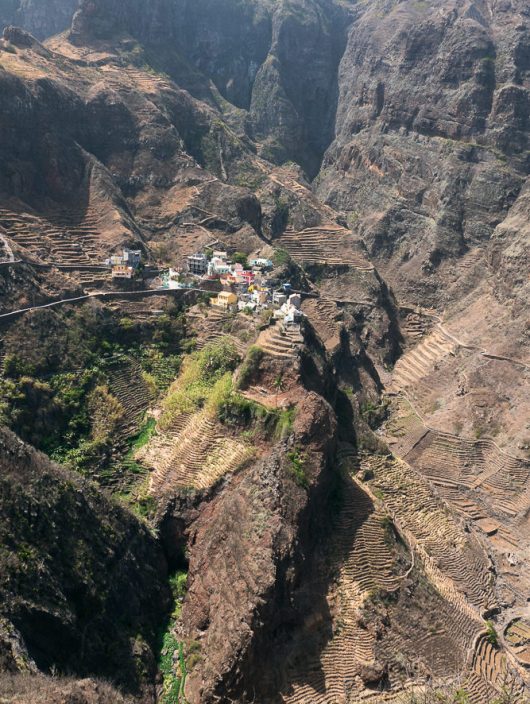
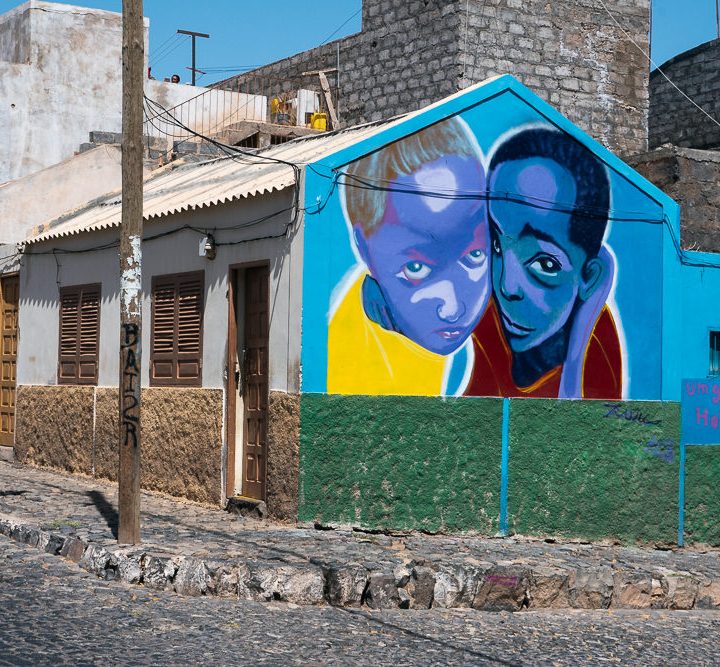
Certain islands are quite resort-focused, with most resorts concentrated on Sal and Boa Vista. They’ve got some great beaches, though these very dry islands are not necessarily the most scenic of the bunch.
If you love to hike or explore by car, you really have to go to Santo Antao. This is the greenest of the islands and it has some of the most stunning landscapes I’ve seen. It’s a true backpacker’s destination, with gorgeous hiking trails and charming local accommodation.
Cons: Little rainfall makes these islands the most arid and dusty of them all; some islands are like lunar landscapes while others are a little greener
Madeira (Portugal)
Madeira includes another duo of islands, located roughly halfway between the Azores and Canaries.
This was the last Macaronesian archipelago I visited but I certainly wondered why I’d kept it for last. I loved hiking on Madeira and exploring the island by car.
The epic nature is definitely an underrated aspect of Madeira and it is quite suited to an outdoors or adventure-based trip, even though Madeira has long been known mainly as a cruise ship stop, with hotels clustering mainly in the harbor capital of Funchal. You can get a better impression from my Madeira travel guide.
Madeira is maybe not quite as overwhelmingly authentic as the Azores, though it tends to have a better year-round climate, and it does have plenty of charming villages.
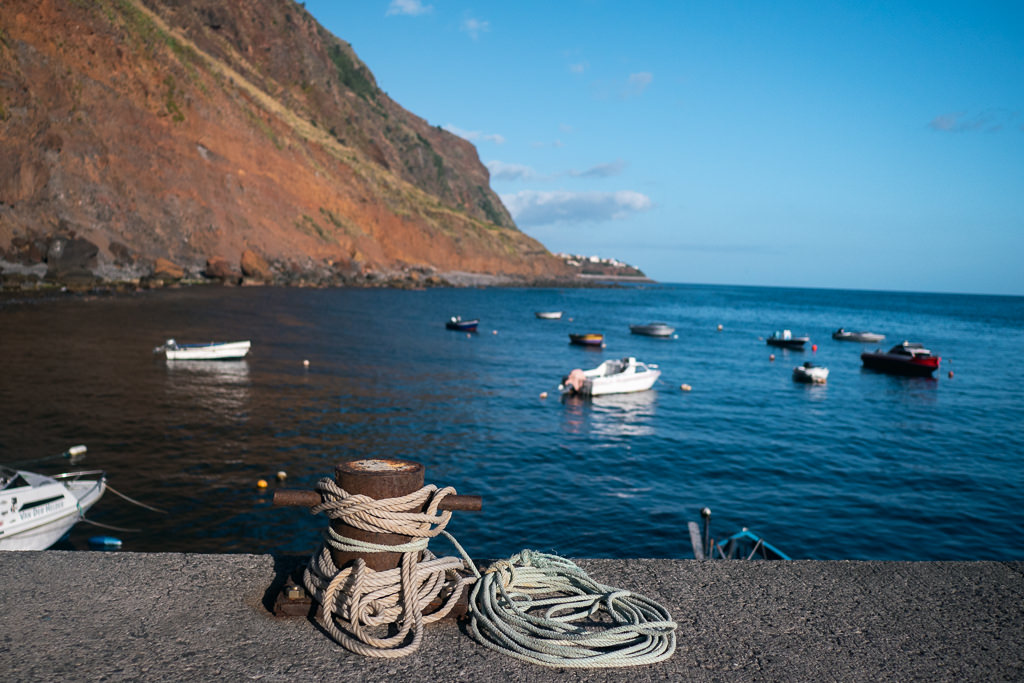
On the other hand, while about 20% of its economy is reliant on tourism, it’s nevertheless not nearly as commercialized as Tenerife or Gran Canaria on the Canaries — and Madeira definitely cannot be easily compared to these islands.
It also doesn’t have many beaches, though Madeira’s neighboring island of Porto Santo is known for having beach resorts.
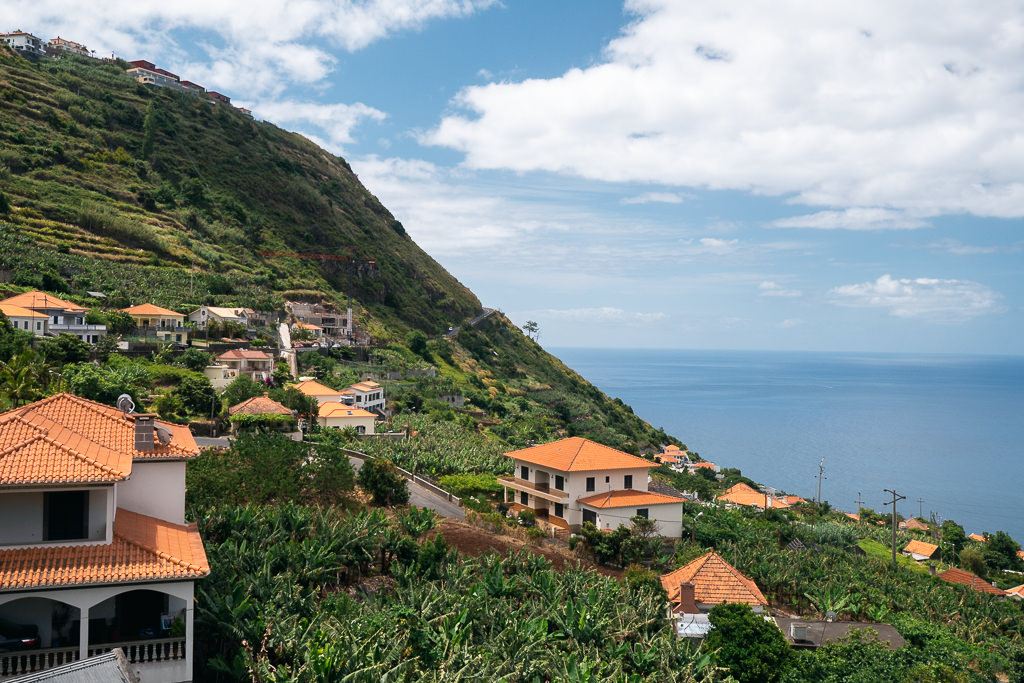
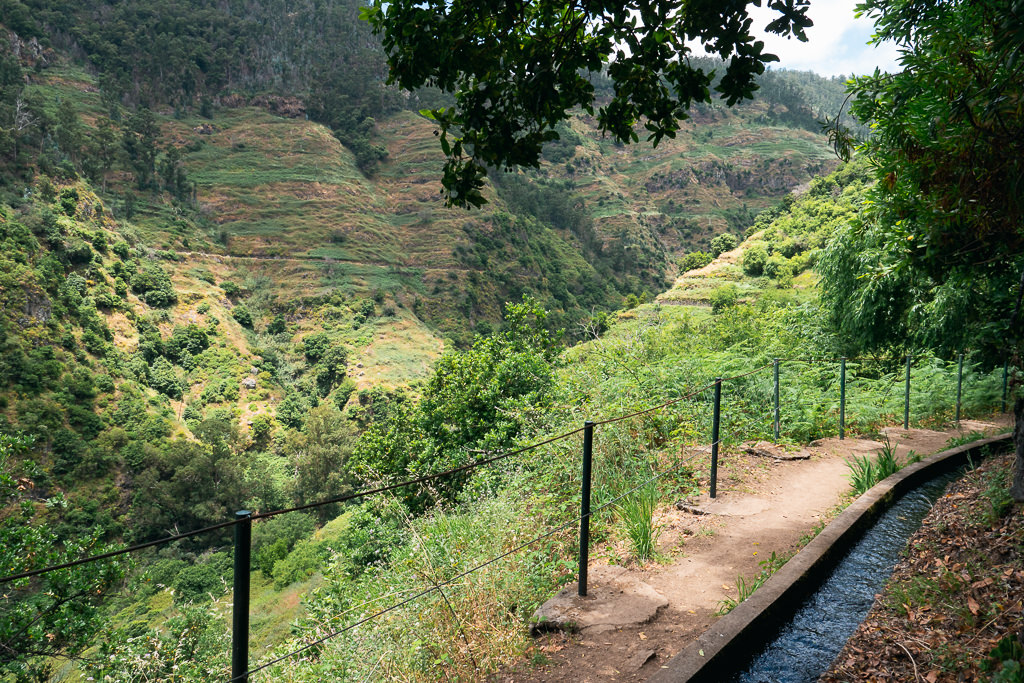
A big attraction of Madeira is the many lavada hikes, which run past some of the hundreds of water channels that run across the island.
I recommend Madeira as a perfect ‘in between’ option. It is touristy enough to have some resorts and bigger hotels, but also being kept at a smaller scale, it offers much authentic charm as well.
Cons: Not quite as authentic as the Azores or as exotic as Cape Verde.
Some links may be affiliate links, meaning I may earn commission from products or services I recommend. For more, see site policies.
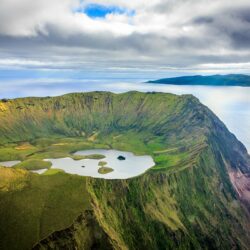
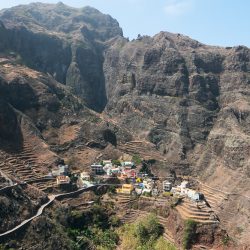
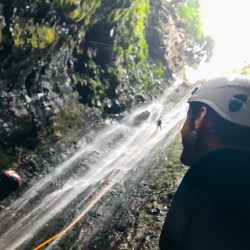
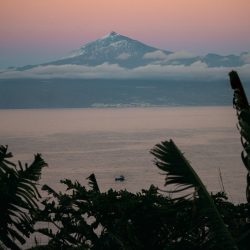




Hello!
I am glad you enjoyed my beautiful country, Cape Verde. I was born and raised there and I resided in Fogo. I didn’t have the opportunity to visit some of the islands. But they are beautiful . I miss it very much.